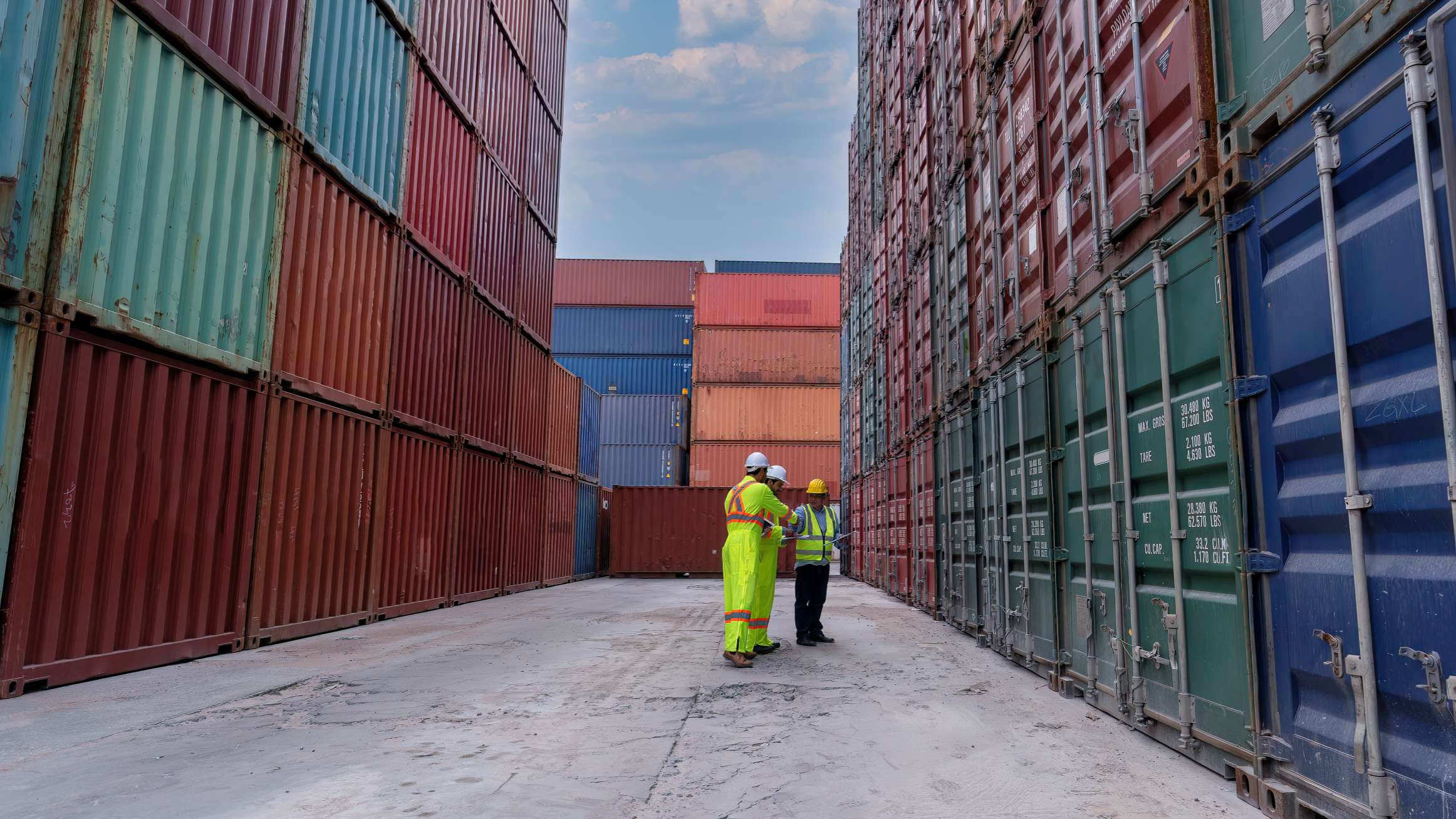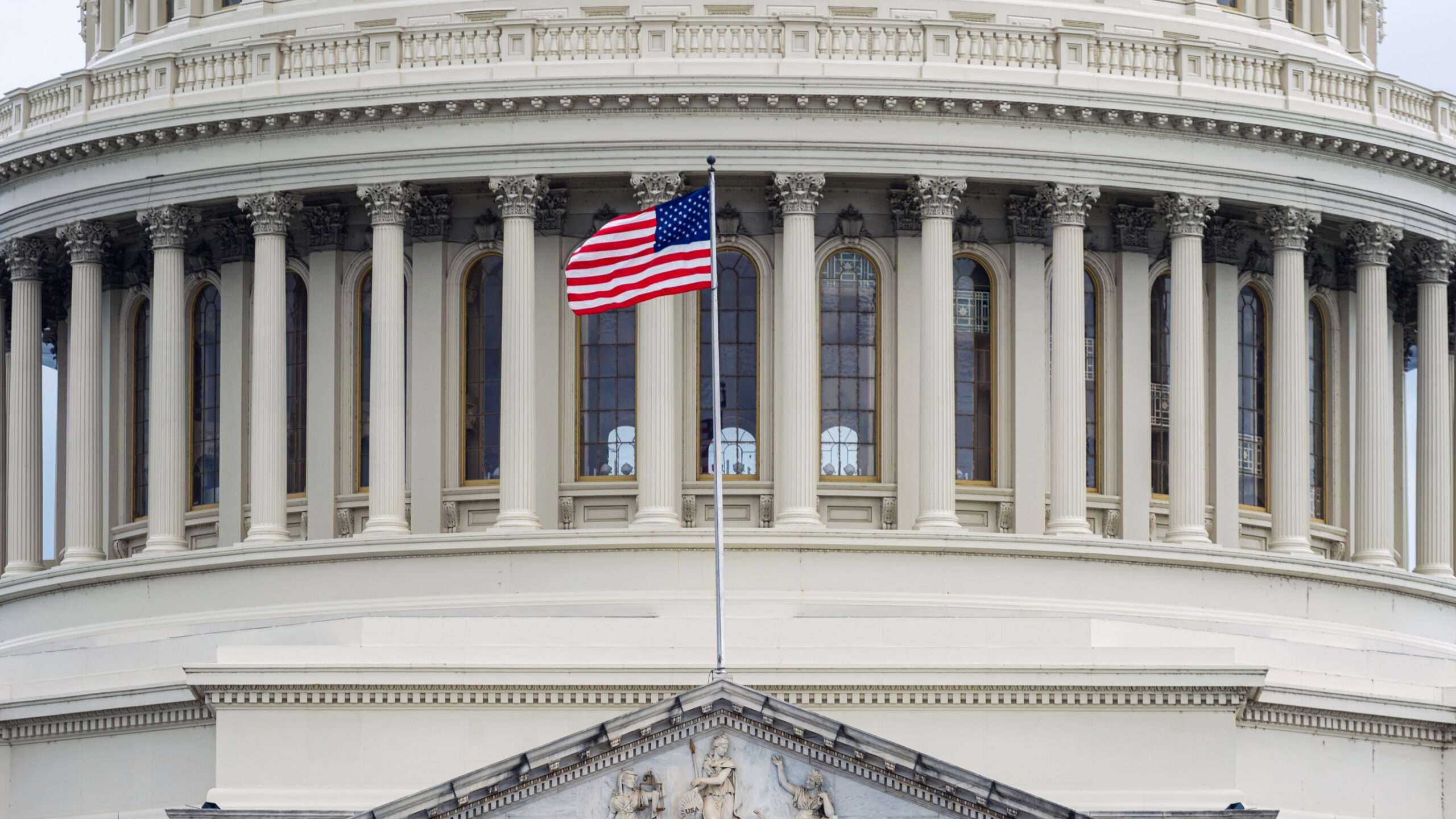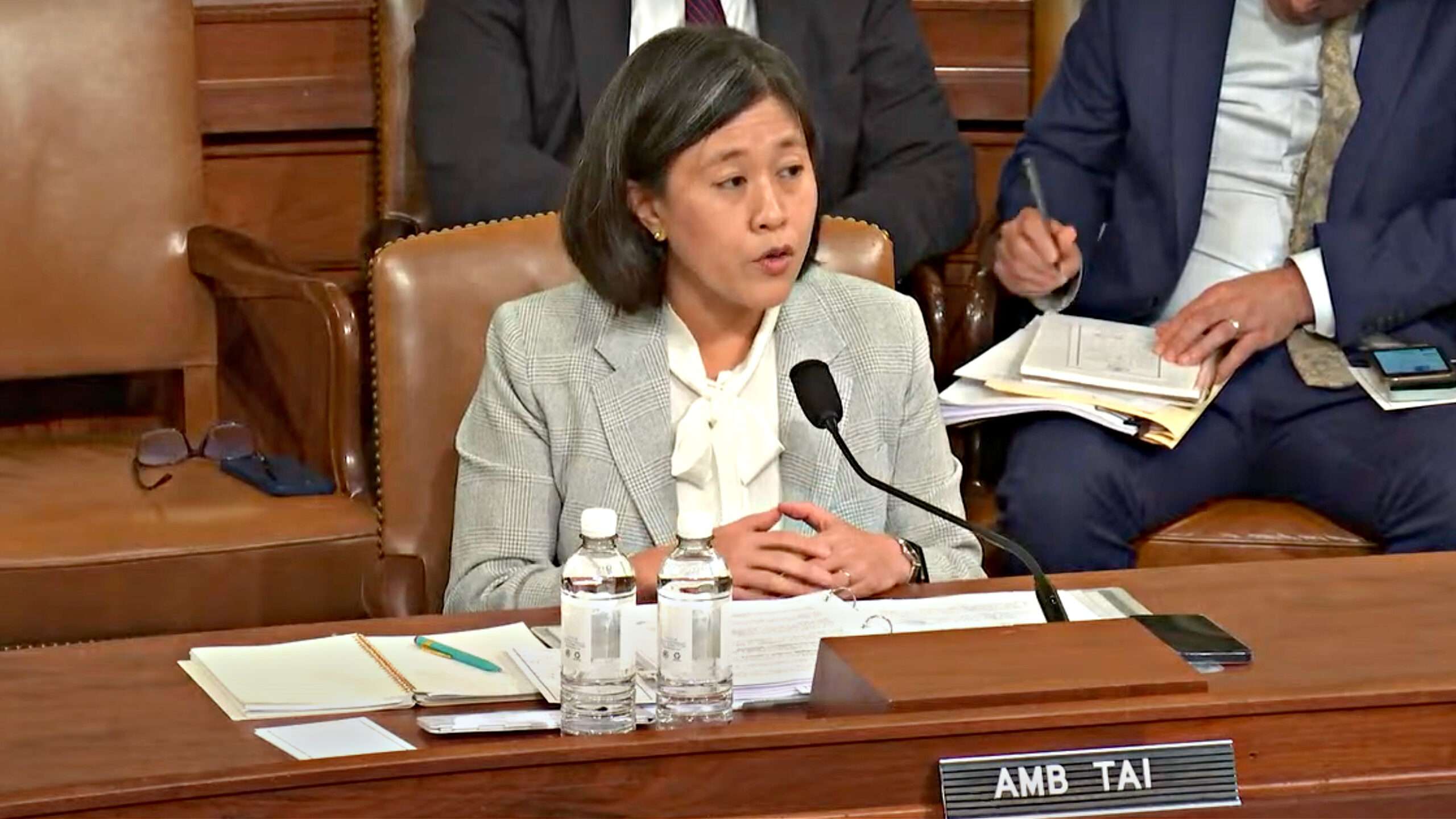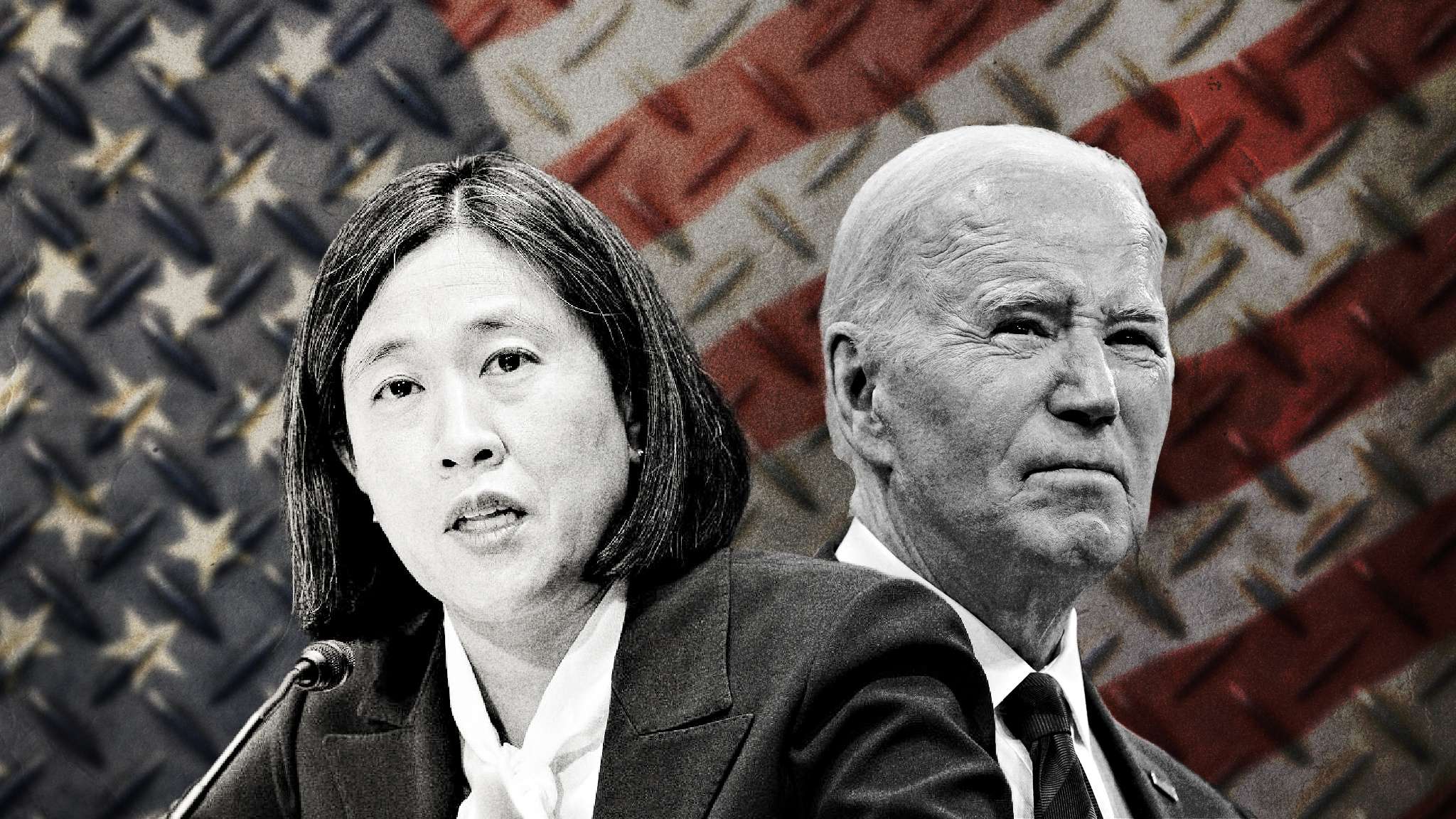
WASHINGTON — Lawmakers and presidential candidates are having their say about the 12-nation Pacific Rim trade accord that is President Obama’s top economic priority in his final year in office. But lately the liveliest debate over the deal is among blue-ribbon economists.
[Jackie Calmes| February, 1 2016 | The New York Times]
On Monday, it was the critics’ turn: Economists from Tufts University unveiled their study concluding that the pact, called the Trans-Pacific Partnership, would cause some job losses and exacerbate income inequality in each of the dozen participating nations, but especially in the largest — the United States.
Supporting the authors at the National Press Club was Jared Bernstein, who was the top economic adviser to Vice President Joseph R. Biden Jr. during Mr. Obama’s first term.
The conclusions of the Tufts economists contradict recent positive findings from the Peterson Institute for International Economics and the World Bank about the trade pact, which would be the largest regional accord in history and would bind nations including Canada, Chile, Australia and Japan.
Each side in the economists’ debate has criticized the economic model that the other used to reach its results, while opponents and supporters of the trade accord have quickly seized upon whichever analysis buttressed their own views.
Michael B. Froman, Mr. Obama’s trade representative, plans to join other trade ministers in Auckland, New Zealand, on Thursday for the formal signing of the trade deal, which they finished in October after years of negotiations.
The future of the deal, however, depends on the approval of a sharply divided Congress. The administration is believed to lack enough support for passage, though votes are not expected until after the November election. Some other nations are delaying their own ratification processes pending American action.
Election-year pressures are not helping the president’s cause, as leading candidates in both parties are opposing the trade agreement.
Donald J. Trump, the leading Republican candidate, told the conservative website Breitbart News over the weekend that as president he would stop what he called “Hillary’s Obamatrade.”
Hillary Clinton, the leading Democratic contender, has criticized the final agreement after praising it while it was being negotiated. She continues to be assailed by her main rival for the nomination, Senator Bernie Sanders of Vermont, for her early support.
Against this backdrop, the economists from prestigious universities and research institutions have been providing their takes and debating their differences just as intensely, though with more scholarly reserve.
The analysis from the Global Development and Environment Institute at Tufts was titled “Trading Down: Unemployment, Inequality and Other Risks of the Trans-Pacific Partnership Agreement,” and was written by the economists Jeronim Capaldo and Alex Izurieta, with Jomo Kwame Sundaram, a former United Nations economic development official.
The authors wrote that they used “a more realistic model” for their analysis, and that previous reports that projected economic benefits from the trade accord were “based on unrealistic assumptions such as full employment” and unchanging income distribution.
The Tufts report projected that incomes in the United States would decline by a half-percentage point compared with the change expected without the Trans-Pacific Partnership. The Peterson Institute’s report, by economists from Brandeis and Johns Hopkins universities, projected that incomes would rise by half a percentage point.
The Tufts paper also projected that the overall economies of the United States and Japan would contract slightly. Employment in the United States would decline by 448,000 jobs; total job losses in the dozen nations would be 771,000 — a small share of the nations’ total work forces, yet hardly a selling point for leaders seeking to ratify the trade agreement.
The Obama administration has acknowledged that some jobs would be lost, especially in manufacturing and in industries that employ workers with lower skills, but it has said that those losses would be offset by new jobs created in export-reliant industries that pay more on average. The Peterson Institute report offered evidence for that argument, while concluding that there would be no net change in overall employment in the United States.
The other parties to the pact are Mexico, New Zealand, Peru, Malaysia, Vietnam, Singapore and Brunei.
“Economic gains would be negligible for other participating countries — less than one percent over 10 years for developed countries, and less than three percent for developing countries,” the Tufts report said.
It also had bad news for countries, including China, that are not parties to the Trans-Pacific Partnership, whose participants account for nearly 40 percent of the world economy.
“We project negative effects on growth and employment in non-T.P.P. countries,” the report said. “This increases the risk of global instability and a race to the bottom, in which labor incomes will be under increasing pressure.”
The authors’ explicit criticism of models and data used by other economists provoked swift counter-criticism. Robert Z. Lawrence, a professor of international trade and investment at the Kennedy School of Government at Harvard, and a senior fellow of the Peterson Institute, wrote a blog piece on Monday expounding on why the institute’s analysis was “superior on all counts” and better suited to specifically gauging the impact of megatrade agreements.













